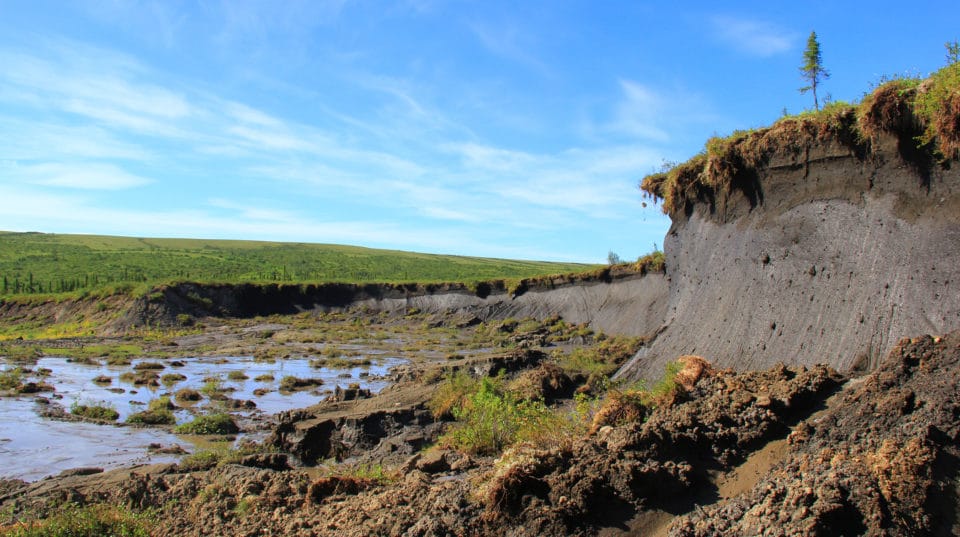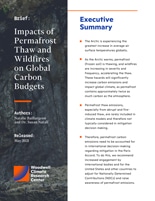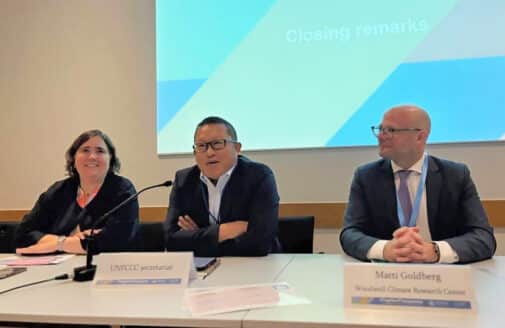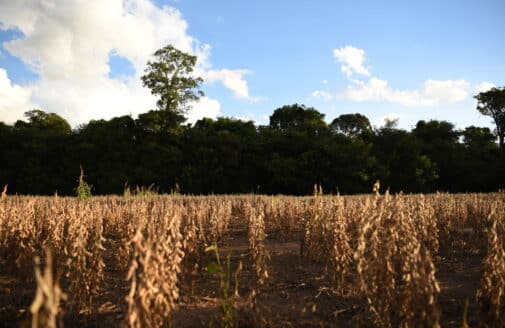Commentary: Permafrost carbon threatens global climate goals
Arctic feedback loops aren't being adequately considered in emissions targets

photo by Scott Zolkos
Since it was first signed more than five years ago, the Paris Agreement has set the bar for the global effort to reduce greenhouse gas emissions, with more than 70 countries taking on ambitious Nationally Determined Contributions that exceed initial commitments laid out in the Agreement. Now, however, a new commentary co-authored by several Woodwell Climate experts and published in Proceedings of the National Academy of Sciences (PNAS), urges global leaders to rethink emissions goals in light of the latest science on Arctic climate feedback loops which have not been included in climate models and could undermine efforts to limit warming.
“Arctic warming poses one of the greatest risks to our climate, yet it has not been adequately incorporated into existing climate projections and policies,” said Dr. Sue Natali, lead author and Director of Woodwell Climate’s Arctic Program. “To build effective policy to address the climate crisis, it is essential that we recognize the full scope of the problem.”
Over the past decade, rapid Arctic warming has resulted in record-breaking Siberian heatwaves, extreme northern wildfires—which release massive amounts of carbon into the atmosphere—the loss of Arctic sea ice, and an acceleration of permafrost thaw. Arctic permafrost, which has been accumulating and storing carbon for thousands of years, contains approximately twice the amount of carbon that is currently in the Earth’s atmosphere, and is releasing that carbon into the atmosphere as it thaws. Those emissions exacerbate warming, which triggers more thaw, potentially leading to an exponential increase in emissions and warming in the coming years. This new paper shows current carbon budgets fail to account for these carbon emissions from permafrost, and the dangerous climate feedback loops they will set off.
“Based on what we already know about abrupt thaw and wildfire, these feedback loops are likely to substantially exacerbate the permafrost thaw feedback and resulting carbon emissions,” said Woodwell researcher and paper co-author Dr. Rachael Treharne. “Unless our models account for these anticipated effects, we’ll be missing a major piece of the carbon puzzle.”
In order to keep the earth’s temperature below 1.5° or 2°C, the paper recommends decision-makers incorporate the latest science on Arctic carbon emissions into climate models and carbon budgets used to inform policy, and update our risk assessments to determine how quickly we need to reduce emissions to meet our climate goals.
“The science alone is not enough,” said Dr. Philip Duffy, President and Executive director of the Woodwell Climate Research Center and commentary co-author. “We urgently need communication between scientific and policy communities to make sure our climate policies are effective in addressing the scale and scope of the climate crisis.”
The paper was co-authored by Woodwell Climate Research Center scientists Dr. Sue Natali, Dr. John Holdren, Dr. Brendan Rogers, Dr. Rachael Treharne, Dr. Philip Duffy, Rafe Pomerance, and Erin MacDonald.








